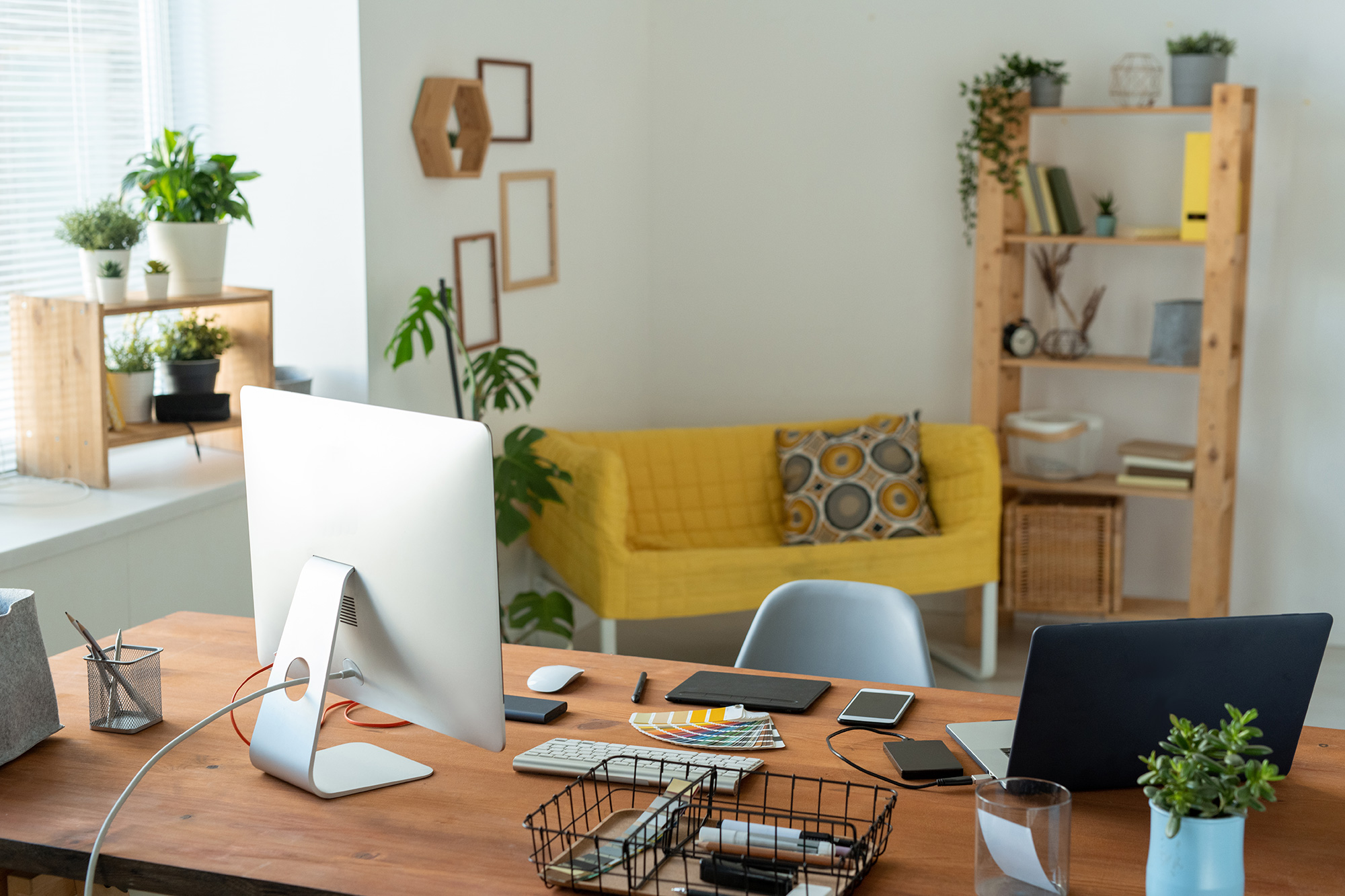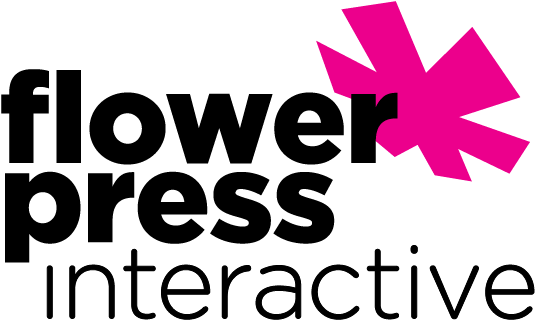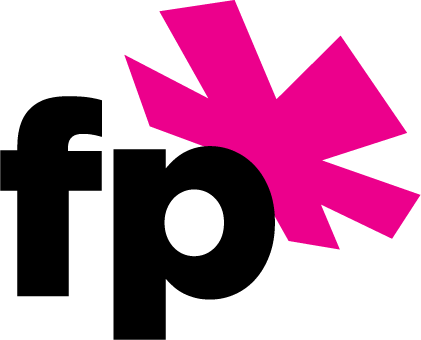
The world of work has shifted, and for visual designers, the freedom of remote work is more accessible than ever. When I do a quick search for “remote visual design jobs”, 100+ job openings appear. Whether you’re dreaming of escaping the office cubicle or simply seeking a more flexible schedule, embracing remote work can unlock a new level of creative freedom and productivity. But how do you navigate this new landscape and thrive as a remote visual designer? I have worked in the corporate gray cubicle, in small agencies based out of high rise apartment buildings, start-ups in basements, and ultimately landed back in the comfort of my own home office. Buckle up, because we’re diving into the world of remote design, from setting up your workspace to mastering collaboration and staying motivated.
Building Your Remote Design Fortress:
- Craft the perfect space: Invest in an ergonomic setup that supports your physical and mental well-being. Good lighting, comfortable seating, and a clutter-free desk are essential. Don’t forget to personalize your space with inspiring visuals, an easy to access music library and your favorite scents.
- Tech up: Ensure you have reliable internet access and the software you need. Cloud storage solutions like Dropbox and Google Drive are your best friends for collaboration. Ask your teammates what they use to help streamline their work. None of us have all the answers, but you’d be surprised how much helpful advice is out there, we just need to ask.
Mastering the Art of Collaboration:
- Communication is key: Overcoming physical distance requires clear and frequent communication. Utilize project management tools, video conferencing platforms, and instant messaging to stay connected with clients and colleagues. Be proactive in providing updates and seeking feedback.
- Embrace collaboration tools: Design platforms like Figma and InVision allow real-time collaboration and feedback on designs, bridging the physical gap seamlessly.
Staying Motivated and Productive:
- Structure your day: Set a routine and stick to it. Utilize time management techniques like the Pomodoro method (which I’ll write about in a future post) to stay focused and avoid burnout. Establish clear boundaries between work and personal life to prevent overwork. If you are new to remote work, this is hard. The best advice for beginners is make sure you have a physical door separating your work life with your home life. While working on the kitchen table or bringing your laptop to the living room seems relaxing and fun, you’ll find yourself never leaving the computer screen. Physically closing a door behind you at the end of your work day helps you mentally shift gears and ‘be home’.
- Connect with your community: Remote work doesn’t have to be isolating. Join online design communities, attend virtual workshops, and network with other remote designers to stay inspired and engaged.
Bonus Tips:
- Invest in self-care: Remote work requires self-discipline. Prioritize breaks, exercise regularly, and maintain a healthy work-life balance. A happy and healthy designer is a creative designer!
- Market yourself effectively: Build a strong online presence with a portfolio website showcasing your best work. Utilize social media platforms like LinkedIn to connect with potential clients and employers.
Remember, remote work is a journey, not a destination. Experiment, adapt, and find what works best for you. As a remote visual designer, you’re not just creating stunning visuals, you’re crafting a lifestyle that empowers your creativity and fuels your passion. So, unleash your inner design superhero and embrace the possibilities of a remote design career!

